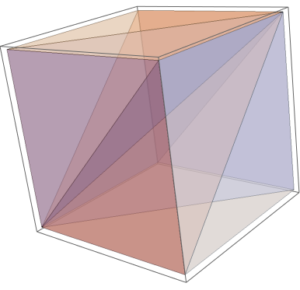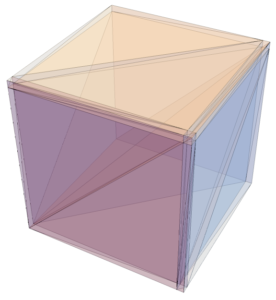The year started off like any other year, with the exception that there were significantly more ophthalmology based puns, until a little virus blossomed into a pandemic. The resulting quarantine is messy: toilet paper became a commodity worth it’s volume in gold, Zoom overtook Skype as the de facto way to FaceTime people, and the Baskin-Robbins logo is associated with Joe Exotic.
Another tragedy is my haircut. I’ve never really liked how my coiffure looked after an appointment, and I always say “it’ll look better after a few days.” This was a lie. The truth is, my hair didn’t get better. It was moreso I settled. It was (and still is) basically an unhappy relationship.
The barber always asked me how I wanted it cut, and I always replied “It was four weeks ago since my last haircut” then they trim off four weeks worth of hair and happily take my twenty dollars plus tip. The problem is, I usually never liked what my hair looked like four weeks ago, nor that haircut from eight weeks ago ad infinitum. Just a reminder, my hair looked like:

Please ignore the Transition glasses.
Within the last few months, I actually became more comfortable with my hair. And now, with this stupid quarantine, I’m going to stroll into the barbershop looking like the Geico caveman

and telling them “It’s been … two months since my last haircut. Please save me” and they happily take my $20 with tip.


